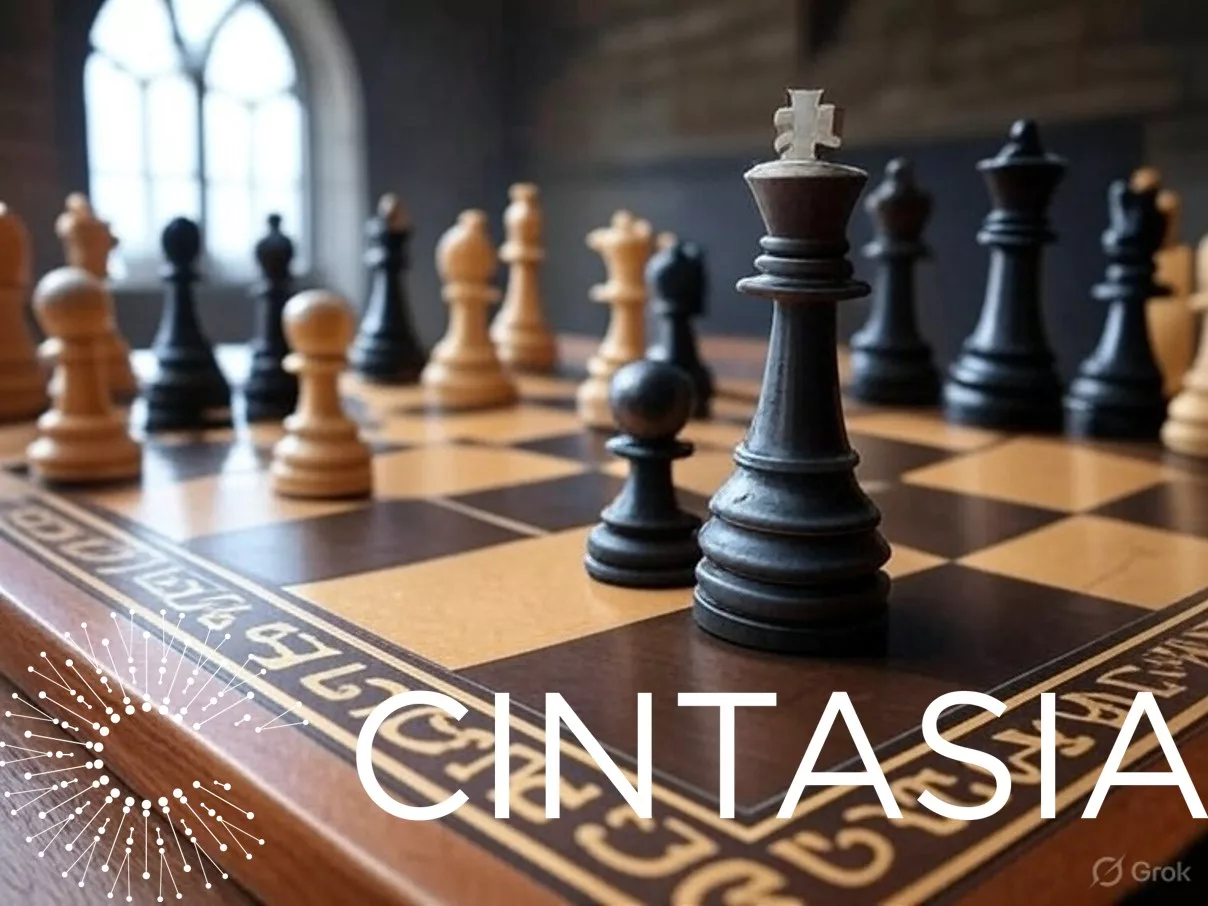3 min read –
Magic Strategy on the Wall –
Who’s the best one of them all? –
Discover the Smart Incentive Strategy –
What Is Strategy?
Strategy is as old as time.
Yet, building one is not that difficult; it only takes two questions:
Where to play?
How to win?
Credit to Professor Denis Dauchy, one of my dear mentors.
And these questions apply to everything: war, business, life, and games.
So why do so many people fail to grasp what strategy really is?
Because they think it’s too complicated.
Because they’ve been misled into thinking strategy is reserved for elite thinkers, overpaid consultants, or top-tier MBAs.
Let’s clear the fog.
The word “strategy” comes from the Greek strategia, meaning generalship.
It began in war. Sun Tzu’s The Art of War (5th century BC) taught the importance of deception, adaptability, and effective planning.
Thucydides studied strategic decisions during the Peloponnesian War.
Then came Machiavelli’s The Prince (1532), laying the groundwork for political strategy based on power and pragmatism.
In the 19th century, Clausewitz introduced the idea of war as a continuation of policy, introducing the famous “fog of war.”
By the 20th century, strategy expanded into business.
Michael Porter formalized it.
John Nash and John von Neumann brought Game Theory to decision-making.
Henry Mintzberg reminded us that strategy must adapt.
Today, strategy is everywhere, from your inbox to AI algorithms.
But despite all this evolution, one problem remains:
People still don’t know how to build a strategy.
Let’s not throw out theory or consultants. They’re valuable.
But sometimes, we need to cut through the noise and use common sense.
And that’s where our latest invention comes in:
The Smart Incentive Strategy
(Copyright CINTASIA, 2025)
It’s simple.
It’s powerful.
And strangely enough, it’s rarely used.
Take a typical Sales Department in a mid-to-large company.
Here’s what the chain of command often looks like:
1- Shareholders / Owners
2- Group CEO
3- Business Unit CEO
4- VP Sales
5- Sales Manager
6- Sales Reps
Six layers. And that’s the minimum.
Many organizations are more complex, matrix structures, multiple regions, overlapping roles.
The people who face your customers are mostly in layers 6, 5, and sometimes 4.
They’re the ones:
Taking flights
Visiting clients
Listening, negotiating, adapting
Turning plans into revenue
If these interactions aren’t genuine, human, and high-energy, then all the grand strategies cooked up by layers 1 to 3 are just wishful thinking.
People don’t work hard because your company has a beautiful brand.
They work hard for money.
Because money gives them the freedom to do what they love.
So why not pay them smarter?
Most companies use bonuses or incentives.
But few do it well.
The problem?
Incentives are poorly designed
Rewards are manipulated or “adjusted” last-minute
The people making the impact are underpaid
Those far from the field capture all the upside.
A Smart Incentive Strategy flips that.
It ensures that everyone, from the front lines to the boardroom, has a fair, aligned, and motivating share of success.
For example:
Link incentives to actual sales, not subjective KPIs
Use percent-of-sale formulas, no increase in fixed costs
Make the rules transparent and untouchable once set
Do that, and magic happens:
Salespeople act like owners, really, not pretending
Managers stop blaming “market conditions”
Lost sales become visible
Teams row in the same direction
I’ve seen millions in lost sales caused by poor incentive systems.
And the worst part?
Lost sales go unnoticed. Nobody gets fired for a deal that never happened.
You don’t learn the lesson, and you don’t improve.
When you reward the right people, those who « move the needle », they give more.
They push harder.
They bring in results.
And they don’t need micromanagement, just fuel.
Smart incentives create that fuel.
Strategy isn’t hard.
Management is.
If your team isn’t delivering results, start by looking at your incentives.
That’s where most problems begin, and where the biggest fixes lie.
We are Cintasia, we help you develop your sales and operations successfully in Indonesia; we specialize in technology and industrial equipment.
If your targets are off-track, your strategy may not be the problem.
Your incentive system probably is.
Let’s fix it. Contact us.
PS: If you enjoyed this article, check out our blog for more. We have published 130+ other articles.
Go to www.cintasia.com/news-insights
Picture: Grok
Source: Cintasia
